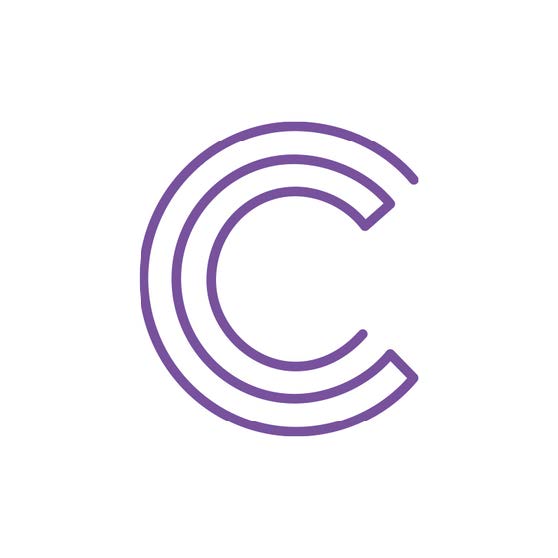The European Union is developing Markets in Crypto Assets (MiCA) regulations to control financial instruments which are out of scope from current regulations. Often, the EU is a regulatory first mover, so these regulations could give us a good insight into what to expect from the US and other authorities in the future.
Why Is MiCA Being Developed?
The MiCA laws will focus on regulating stablecoins and crypto-asset service providers (CASPs). There are four main reasons regulators introduced the MiCA bill.
- Uniformity
Firstly, the current laws and regulations within the EU are fragmented. This creates a lot of uncertainty for projects, investors and exchanges. Therefore the MiCA regulations will create unity and certainty for crypto enterprises operating within the EU.
- Anti Money Laundering
There are already laws and regulations surrounding Anti-money laundering (AML) in the industry. However, many of these laws are not implemented correctly or do not sufficiently cover essential aspects of the industry.
MiCA regulations do not aim to duplicate current AML laws in the EU but instead add to it by tracking high–risk, non-compliant enterprises operating within the EU.
- European Banking Authority (EBA) Report
A report issued by the EBA in 2019 found cryptocurrency-related laws were deficient in regulating the industry. This was a key driver in developing the MiCA bill.
- Protecting The Euro
The EU found the Euro at risk of devaluation due to USD-backed stablecoins. Instead of holding fiat in their native currency, many crypto (institutional and retail) investors now have their fiat in USD stablecoins. The EU identifies stablecoins are high-risk assets, and the bill aims to improve transparency, governance and custody of crypto assets.
Who Is Affected??
MiCA is a set of regulations aimed at protecting cryptocurrency users and investors. The two main focuses of the framework are stablecoins and custody of assets on behalf of a third party.
Primarily, the MiCA regulations are targeted towards stablecoin issuers. The MiCA framework proposes stablecoins must be collateralised and that daily transactions are capped at €200 million.
The second class of people who are a focus of the MiCA regulations are Crypto Asset Service Providers (CASPs). Anyone whose business manages another person's funds falls into this category (so exchanges and trading platforms). CASPs will be regulated to prevent market manipulation and insider trading. They will also be more accountable for the coins and tokens listed on their marketplaces.
Who Is Not Affected?
The MiCA regs do not focus on DeFi or NFTs, although the EU has stated they will issue regulations for them later down the road. However, the MiCA framework will regulate NFTs which offer fractional ownership.
Overall, the 168-page document is the first of many new regulatory frameworks coming to the cryptocurrency industry. The framework is comprehensive and particularly strict on stablecoins.
Nonetheless, the technical and decentralised nature of the industry increases the difficulty of implementing regulations. The date of implementation has been postponed multiple times because of this. When the framework is finally implemented, nations worldwide will be keeping a close eye on the outcome.

